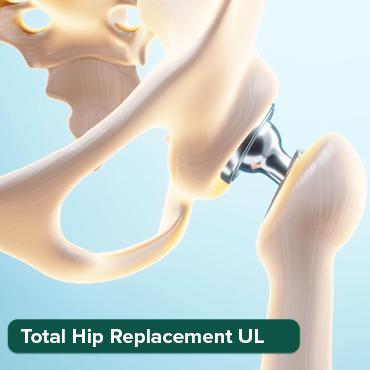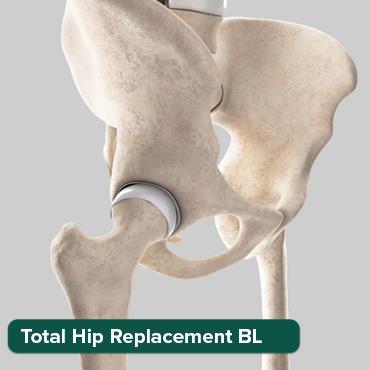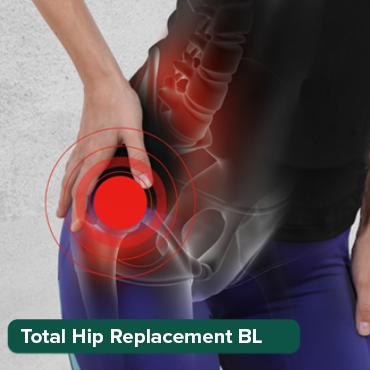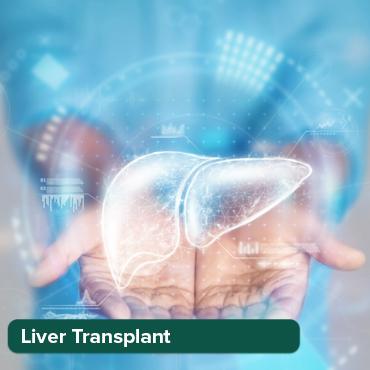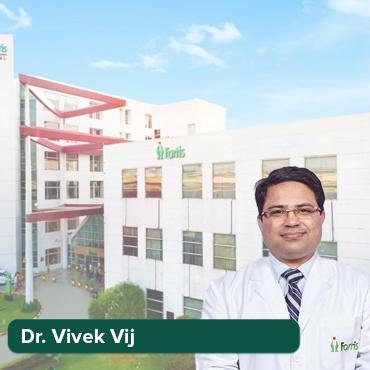
The Role of Technology in Modern Cataract Surgery in India
19 Jun, 2024
Cataract surgery has undergone a revolutionary transformation in the past few decades. No other country in the world exemplifies this better than India. This has been primarily driven by technological advancements, which have improved the precision and safety of the procedure, together with more accessibility to the population.
This blog is on the role of technology in modern cataract surgery in India, identifying diverse innovations that have put the field into shape and the way the same affects patients and health providers. Presently, among the senior-aged populace, cataracts are identified as the foremost cause of blindness and visual impairment. It occurs when the lens inside the eye becomes opaque, leading to decreased vision.
Most popular procedures in India
About 51% of the world's blindness is due to cataracts, an estimated 20 million people as reported by the WHO. In India, it is observed that the prevalence rate of cataracts is very high due to a large population of aged individuals and more exposure to sunlight.
a. Intraocular Lenses (IOLs)
The development of intraocular lenses was a milestone in cataract surgery. These artificial lenses are implanted in the eye to replace the natural lens that has been removed. Early IOLs were rigid and required a larger incision for insertion. Today, foldable IOLs made from advanced materials can be inserted through smaller incisions, reducing recovery time and improving outcomes.
Wellness Treatments
Give yourself the time to relax
Lowest Prices Guaranteed!

Lowest Prices Guaranteed!
b. Phacoemulsification
Phacoemulsification, introduced in the late 1960s, uses ultrasonic energy to emulsify the cataractous lens, which is then aspirated out of the eye. This technique, which requires only a small incision, has become the gold standard for cataract surgery. It significantly reduces surgical trauma, speeds up recovery, and enhances visual outcomes.
The Role of Advanced Technology in Modern Cataract Surgery
In recent years, several technological advancements have further refined cataract surgery, making it safer, more efficient, and accessible. These advancements include femtosecond laser-assisted cataract surgery (FLACS), advanced intraocular lenses, and improvements in diagnostic and surgical equipment.
a. Femtosecond Laser-Assisted Cataract Surgery (FLACS)
Femtosecond laser technology has revolutionized cataract surgery by providing unparalleled precision. FLACS uses a laser to perform several critical steps of the surgery, including corneal incisions, capsulotomy, and lens fragmentation. The benefits of FLACS include:
- Increased Precision: The laser can make highly accurate incisions and create perfectly sized and centred capsulotomies, which are crucial for optimal IOL placement.
- Reduced Energy Usage: By pre-softening the lens, FLACS reduces the amount of ultrasonic energy needed during phacoemulsification, minimizing potential damage to the surrounding tissues.
- Enhanced Safety: The automation of critical steps reduces the risk of human error and complications, making the procedure safer.
b. Advanced Intraocular Lenses
Modern IOLs have evolved significantly, offering various options to cater to different patient needs. Some of the notable advancements include:
- Multifocal IOLs: These lenses provide vision correction at multiple distances, reducing or eliminating the need for glasses after surgery.
- Toric IOLs: Designed for patients with astigmatism, toric lenses correct the irregular shape of the cornea, enhancing visual outcomes.
- Extended Depth of Focus (EDOF) IOLs: These lenses provide a continuous range of vision, improving focus at intermediate distances, which is beneficial for activities like computer work.
c. Diagnostic and Surgical Equipment
Advancements in diagnostic and surgical equipment have also played a crucial role in modern cataract surgery. Key innovations include:
- Optical Coherence Tomography (OCT): This imaging technology provides high-resolution cross-sectional images of the eye, allowing for precise preoperative planning and postoperative assessment.
- Ocular Biometry: Devices like the IOLMaster and Lenstar measure the eye’s dimensions with high accuracy, aiding in the selection of the most appropriate IOL power and type.
- 3D Visualization Systems: These systems provide surgeons with enhanced visualization during surgery, improving accuracy and reducing the risk of complications.
The Impact of Technology on Cataract Surgery in India
The integration of sophisticated technology into cataract surgery has significantly impacted the field in India. The benefits are far-reaching, both to the patient and the healthcare provider.
a. Improved Patient Outcomes
One of the most significant impacts of technology is improving patient outcomes. Contemporary cataract surgery, due to improvements in its accuracy and safety, provides much better visual results and relatively faster rehabilitation periods; there is substantially less discomfort, which allows patients to return to activities relatively quickly. In addition to this, the advanced IOLs available also make it possible for a large number of patients to achieve a quality of vision that reduces their dependence on glasses postoperatively.
b. Increased Accessibility
Cataracts are a leading cause of blindness in India, particularly in its rural areas where healthcare access is not that common. Due to technological advancements in cataract surgeries, making them much more effective, volumes have increased. Equipped with modern diagnostic and surgical appliances, these mobile eye clinics can reach even the furthest parts of the country to treat populations that would otherwise lack access to care.
c. Cost Efficiency
Advanced technology may, at times, be costly to start with, but in the long run, it is efficient in terms of cost. Better surgical outcomes would reduce the need for further surgeries and complications and, therefore, save money for both patients and health providers. The efficiency of modern techniques allows a surgeon to carry out the maximum number of surgeries in a short duration; hence, the resources are used to their maximum level.
d. Training and Skill Development
Adopting new technologies requires unending training and skill development for surgeons and medical staff, among others. Most institutions in India have inbuilt state-of-the-art training facilities with simulated labs through which practising surgeons can simulate techniques based on virtual reality and advanced tools. This prepares healthcare providers for competent and confident care using the best possible technologies.
Challenges and Future Directions
Despite the many benefits, there are challenges to the widespread adoption of advanced technology in cataract surgery in India. These include the high cost of equipment, the need for extensive training, and the disparity in healthcare access between urban and rural areas. However, ongoing efforts by government and non-governmental organizations aim to address these challenges through subsidized programs, mobile clinics, and educational initiatives.
a. The Role of Telemedicine
Telemedicine is emerging as a valuable tool in extending the reach of cataract care. Remote consultations and follow-ups can help bridge the gap between patients in rural areas and specialists in urban centres. Telemedicine platforms equipped with diagnostic capabilities allow for preliminary assessments, reducing the need for patients to travel long distances for consultations.
b. Artificial Intelligence and Machine Learning
The future of cataract surgery in India also looks promising with the integration of artificial intelligence (AI) and machine learning. These technologies have the potential to further enhance diagnostic accuracy, personalize treatment plans, and predict surgical outcomes. AI algorithms can analyze large datasets to identify patterns and trends, aiding in early detection and management of cataracts.
c. Continued Innovation in IOLs
Research and development in intraocular lens technology continue to evolve, with the aim of providing even better visual outcomes. Future IOLs may incorporate smart technologies, such as sensors that can monitor intraocular pressure or adjust their focusing power dynamically.
